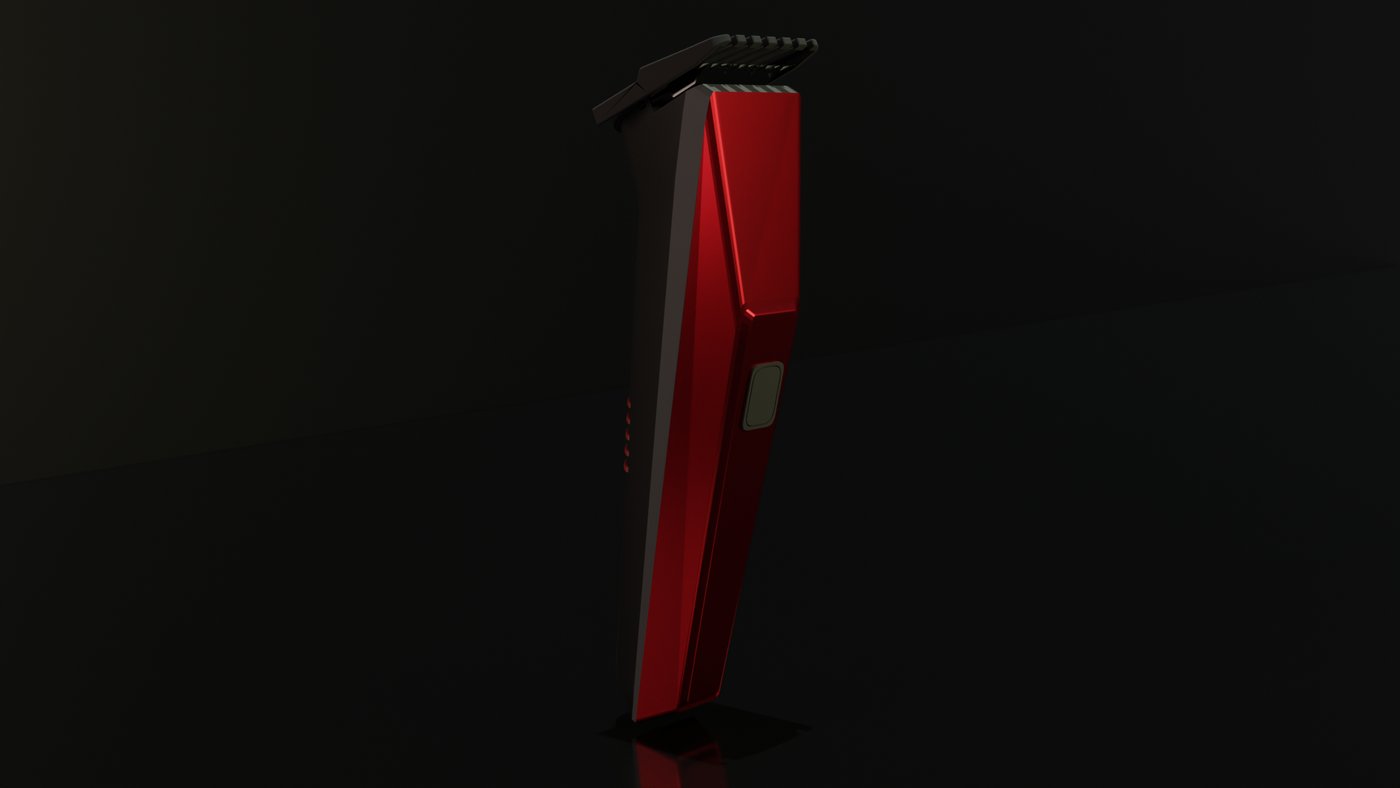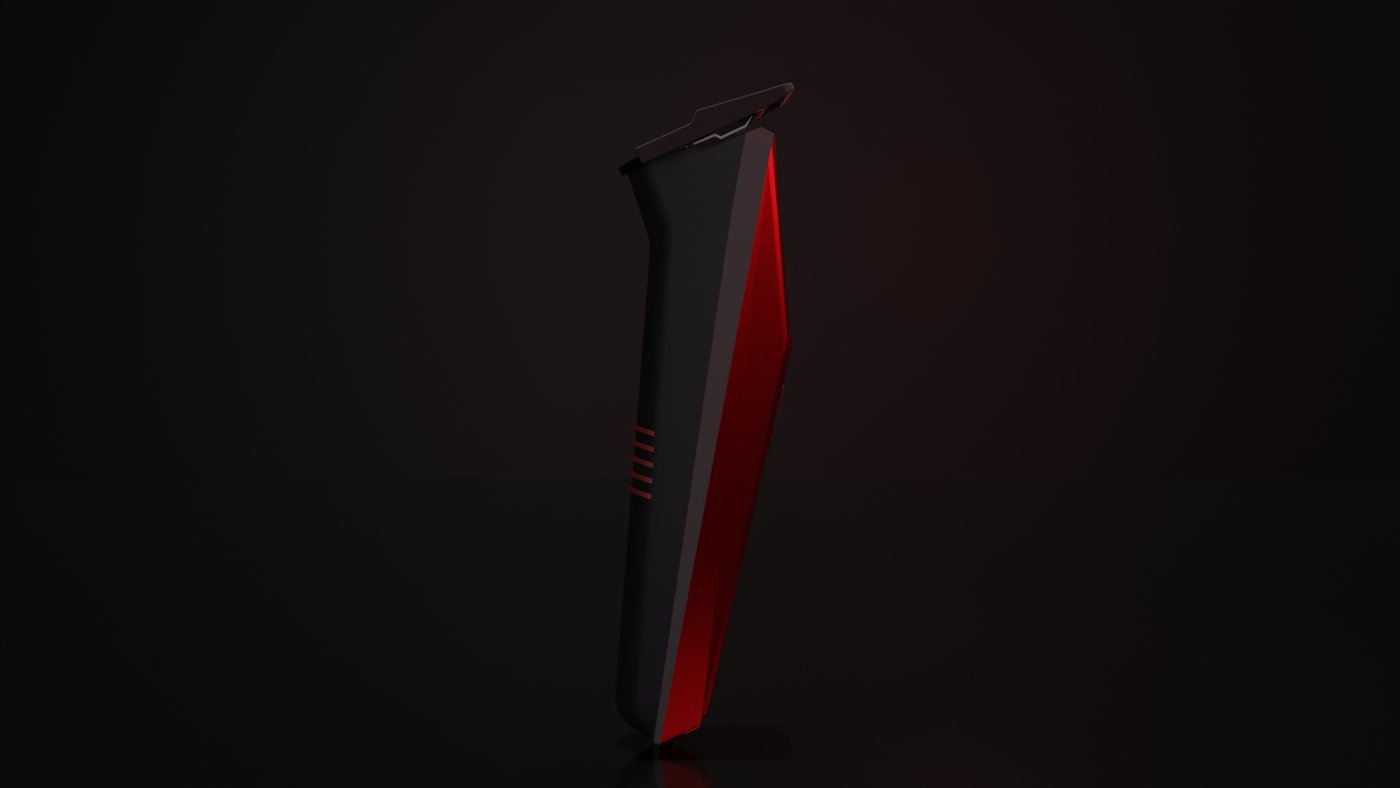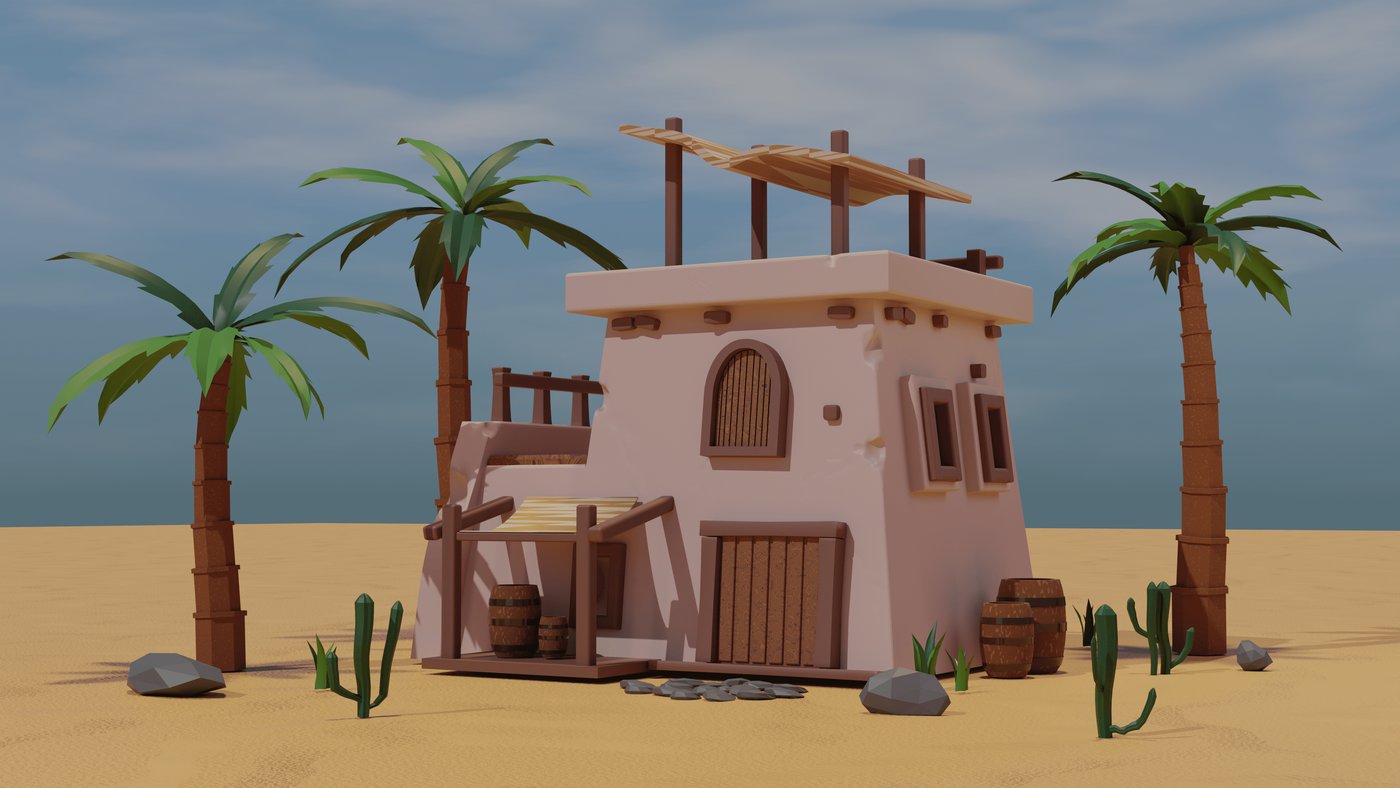
3D Art Portfolio - Raghul.S
Welcome to my 3D art portfolio, a journey through imaginative realms and intricate dimensions! With a passion for pushing the boundaries of creativity, I present a collection that seamlessly blends technology, artistry, and innovation.
Welcome to my 3D art portfolio, a visual journey through my creative exploration in the world of abstraction. As a newcomer to the realm of three-dimensional art, I am thrilled to share my evolving perspective and imaginative endeavors with you. This collection encapsulates my early steps into the captivating realm of abstract art, where I have embraced the interplay of form, color, and space to convey emotions and concepts beyond the confines of the tangible. Each piece within this portfolio reflects not only my technical growth but also my passion for pushing artistic boundaries and translating intangible thoughts into visually striking compositions. Join me in this artistic odyssey, where I invite you to witness my artistry take shape, and together, let's venture into the uncharted territories of the abstract.
Designing a Trimmer using the "divide and conquer" method involves breaking down the creation process into manageable steps to achieve a precise and detailed final result. Starting with a simple cube, I divided the model into distinct sections representing different components of the trimmer. By focusing on one section at a time, such as the handle and blade, I ensured each part was accurately shaped and proportioned.
Using the subdivision surface modifier, I refined each component by iteratively increasing the level of detail. This allowed me to maintain a smooth and polished appearance while keeping control over the complexity of the model. Applying this method, I meticulously sculpted intricate details onto the handle, adjusted the sharpness of the blade.

Incorporating textures and materials, I paid special attention to each part's unique characteristics. The handle received a comfortable grip texture, the blade showcased a polished metallic surface.
Through the "divide and conquer" approach, I effectively managed the intricacies of the trimmer's design, maintaining precision and coherence throughout the model. This method not only simplified the creation process but also empowered me to focus on each element's distinct attributes, resulting in a 3D trimmer model that is both visually appealing and functionally accurate.



In this Scar-L model I used Voronoi texture for the Camo combination and noise texture for the magazine and scope.

Designing a Weapon Case using the boolean method involves creating a realistic and intricate model through a combination of shapes and boolean operations. The boolean method employs operations like "Union," "Difference," and "Intersection" to combine or subtract various objects, resulting in complex shapes.
To begin, model the main body of the weapon case using basic shapes like cubes and cylinders, ensuring that proportions and dimensions are accurate. Then, create the details of the case, such as locks, handles, and hinges, using additional primitive shapes.
Utilize boolean operations to carve out openings for these components, ensuring they are seamlessly integrated into the case's surface. Keep the mesh clean by maintaining proper topology and avoiding overlapping geometry. Once the boolean operations are complete, refine the model by adjusting vertices, edges, and faces as needed.
Apply smoothing and shading techniques to achieve a polished appearance. Remember to optimize the mesh for efficient rendering and maintain a clean and organized Blender project by using appropriate naming conventions for objects and layers.
In designing this stylized 3D scene known as the OASIS , I aimed to create a captivating visual narrative of a house nestled within the vast desert landscape. Drawing inspiration from the juxtaposition of arid terrains and resilient life forms, the scene showcases a house enveloped by palm trees and cactus plants. To achieve this, I employed a combination of modeling methods, each tailored to capture the distinct features of the elements.

For the house, I utilized both curve-based and mesh-based modeling techniques. The curves were instrumental in shaping the elegant contours of the structure, lending it a unique and stylized form. Mesh modeling, on the other hand, allowed me to intricately detail the wooden textures that adorn the house's exterior, giving it a rustic yet inviting charm.
The desert's character was brought to life by meticulously designing the surrounding flora. I employed a mix of palm tree models, carefully positioning them to create a balanced composition that naturally frames the house. The cactus plants, with their varied shapes and sizes, were strategically placed to add an element of wild beauty to the scene.

To enhance the realism and storytelling, I turned to sculpting techniques for creating damaged cracks and dents on the house. Using sculpting tools, I meticulously carved weathered imperfections into the wooden surfaces, infusing the scene with a sense of history and the passage of time.
Through the harmonious interplay of curves, meshes, sculpting, and textures, this 3D scene encapsulates a captivating narrative of isolation, resilience, and the harmonious coexistence of humanity and nature in an arid yet enchanting desert setting.

In my 3D art journey, I've delved into the intricate world of shading and texturing, breathing life into diverse textures through the skillful manipulation of shaders. For the warm embrace of wooden textures, I employed the principled BSDF shader, coaxing out the nuanced interplay of light and shadow that reflects the material's organic charm. On the rocky expanse of a distant planet, I ventured into a new realm, employing a blend of noise and displacement nodes to give birth to various crater types, each with its unique history etched in the rough terrain.



Transitioning to the realm of industrial aesthetics, I crafted dirty metal textures that speak of time's passage, relying on metallic shaders and a careful balance of grunge maps to achieve an authentic worn appearance. As I ventured further, I embraced the challenge of more dynamic textures. Employing displacement nodes, I sculpted the molten rivers of lava, the intricate formations of coral rock, and the delicate blankets of snow. Through these meticulous processes, each texture emerged as a canvas to weave narratives and evoke emotions, transforming raw surfaces into stories waiting to be discovered.
Creating a realistic moss texture on a rock involves careful consideration of shading and texturing techniques. To achieve an authentic appearance, I utilized a combination of procedural and hand-painted methods. The shading process began by incorporating subtle color variations into the rock's base texture, simulating the natural hues and indentations found in rocky surfaces. This served as the foundation for the moss.
For the moss itself, I employed a procedural approach to generate the initial distribution and form. By utilizing noise maps and fractal patterns, I simulated the irregular growth pattern of moss. This procedural layer was then refined with hand-painted details to introduce organic irregularities, mimicking the various shapes and sizes of moss clusters.
In summary, shading and texturing moss on a rock required a balanced blend of procedural generation and manual detailing. By thoughtfully combining various maps and techniques, I aimed to create a lifelike and visually engaging portrayal of moss growth on rocky surfaces.













Comments (0)
This project doesn't have any comments yet.